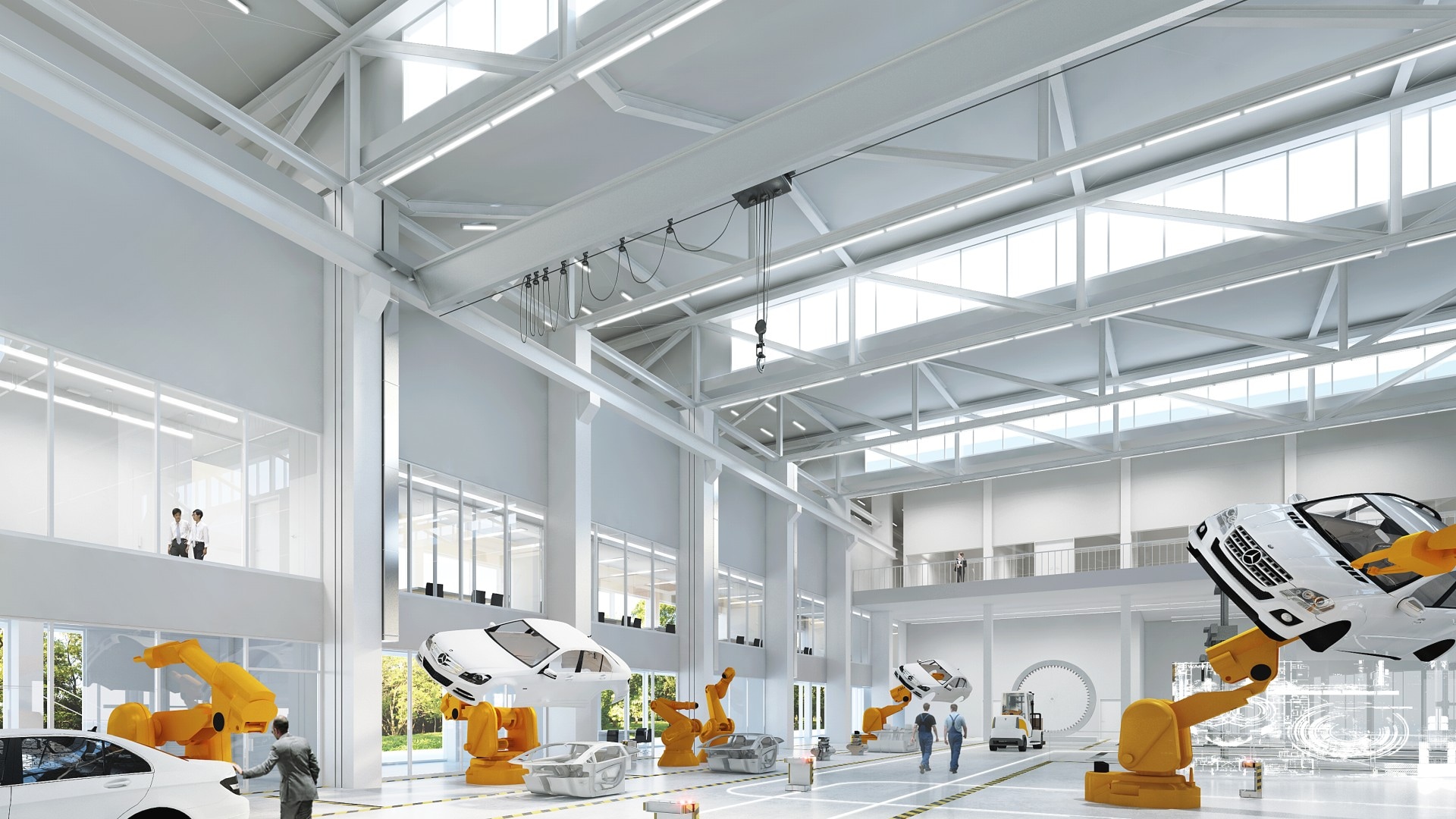Developing innovative technologies, tools, and algorithms for the sustainable robot technology of the future - this was the goal of the project AREUS (Automation and Robotics for European Sustainable Manufacturing). In the EU project AREUS, researchers and engineers have developed the components of an energy-efficient automobile production system of the future. Basically, the idea is to have a direct-current network supply robots with “green” electricity, some of which is subsequently recovered and temporarily stored.
Because the automotive industry uses more robots than any other sector, it is important to make them work energy-efficient. This is what AREUS is about. Four robots operate on a square area measuring nine meters on a side. Together, they create an entire production facility composed of direct-current systems. The cell is supplied with solar power from a photovoltaic system that was specifically installed for this project, and it can store surplus energy. In addition, the cell is connected to the external alternating-current grid. The cell works, and the robots are already producing components.
The AREUS project ended as scheduled in September 2016. The researchers and engineers had achieved what they set out to do: to take the first steps toward the creation of a more efficient production facility composed of direct-current systems. It is estimated that future technologies of this kind will be at least 10 to 20 percent more efficient than current ones. However, there is still a long way to go before that goal is achieved. That’s why a follow-up project, DC-INDUSTRIE, was launched in July 2016. It focuses on the creation of concepts for supplying energy to industrial facilities by means of an intelligently controlled direct-current network.
,xPosition=0,yPosition=0.5)


,xPosition=0.5,yPosition=0)